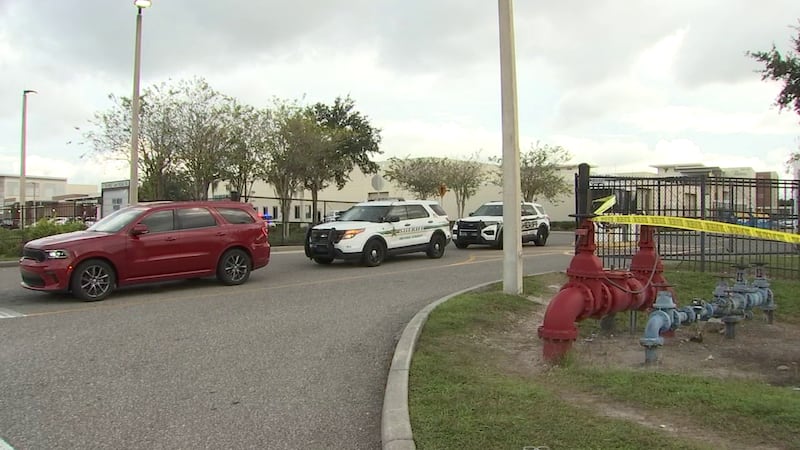ORLANDO, Fla. — Florida’s new school choice law is impacting the classroom, economy and opening careers as education entrepreneurs for some educators.
One of those entrepreneurs is Dr. Cynthia Sweeney, a former teacher who now runs a “micro-school” called the Student Achievement Institute. What started as a small operation for five student-athletes has grown into a new building serving more than 30 students, including a gymnast. For Dr. Sweeney, the state’s scholarship program has played a significant role in her business’s quick growth.
Her story reflects a broader trend. The scholarship program, managed by organizations like Step Up for Students, has expanded rapidly. Families now have access to over 4,000 service providers—more than double the number from last year. These providers aren’t just micro-schools; they range from part-time tutors to therapists, illustrating a move toward a more “a la carte” approach to learning.
However, as money follows students to these new providers, the public school system is experiencing financial pressure. For Orange County Public Schools, the effect is considerable. According to district projections, the school system is expected to lose over 3,000 students this year, resulting in a projected loss of more than $27 million in state funding.
This financial shortfall is forcing the district to take drastic steps, including budget cuts and halting the construction of new schools. The debate over school choice is growing more intense as district leaders struggle to maintain quality and services for the students who remain, all while operating with fewer funds.
Click here to download our free news, weather and smart TV apps. And click here to stream Channel 9 Eyewitness News live.
©2025 Cox Media Group







